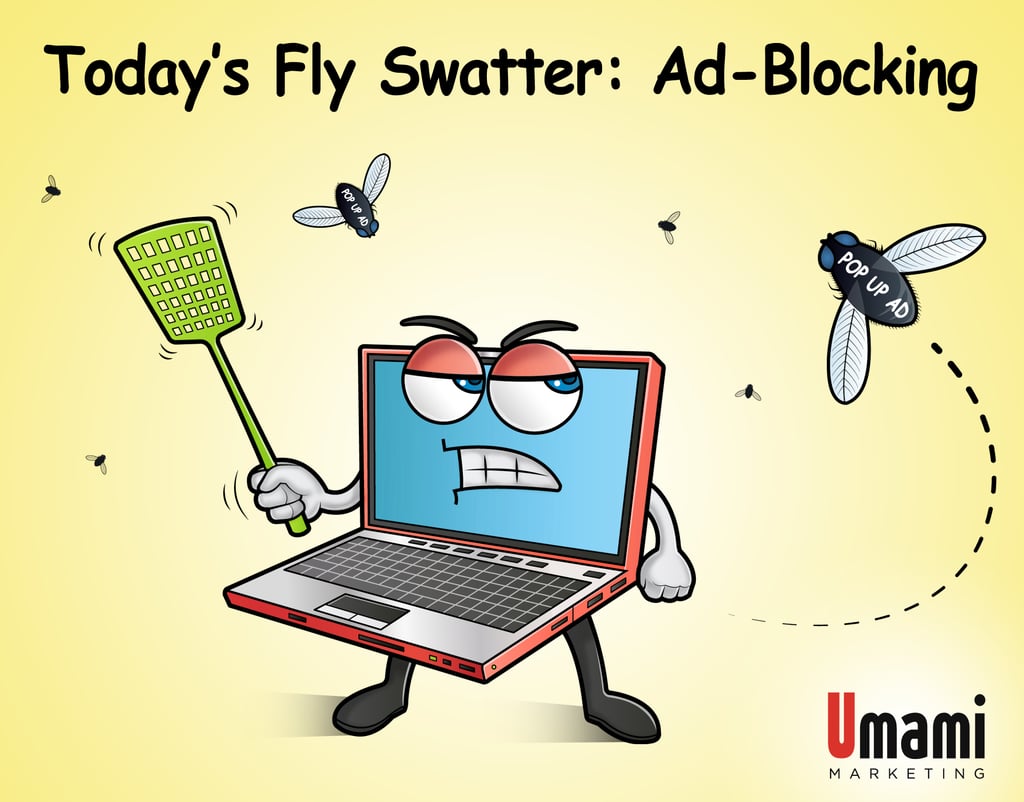
Ad-blockers typically target the “peskier” ads, such as pop-up ads, banner ads or tracking ads (which use remarketing to follow users from site to site). They can also be set up to block tracking codes, which provide websites with the activity information from a site visitor, such as the number and type of pages visited or time spent on site.
However, software like AdBlockPlus have made a compromise as they understand “not all ads are equally annoying”, and will still display ads deemed “acceptable” by a set of strict criteria:
- Placement: Ads must not disrupt the user’s natural reading flow. Such ads must be placed on top, side or below the Primary Content
- Distinction: Ads should always be recognizable as ads, and distinguishable from all other content (e.g. are not hiding the label, are not misleading users into thinking an ad is part of the primary content). Ads should be clearly marked with the word “advertisement” or its equivalent.
- Size: Individual ad-size requirements depend on the placement of the ad:
- When placed above the primary content, the maximum height of an ad should be 200px.
- When placed on the side of the primary content, the maximum width of an ad should be 350px.
- When placed below the primary content, the maximum height of an ad should be 400px.
Ads must always leave sufficient space for the Primary Content on the common screen size of 1366×768 for desktop, 360×640 for mobile devices and 768×1024 for tablets.
All ads that are placed above the fold (the portion of the web page visible in the browser window when the page first loads under the common screen size), must not occupy in total more than 15 percent of the visible portion of the web page. If placed below the fold, ads must not occupy in total more than 25 percent of the visible portion of the webpage.
Ads following these criterion will be ‘whitelisted’ and the blocking software, if enabled properly, will still allow these acceptable ads to run and be visible to users. In addition, larger corporations (like Google Adwords, who have more than 10 million ad impressions per month) can also pay a fee to ensure their ads are whitelisted, but they must also still remain compliant to the criteria.


